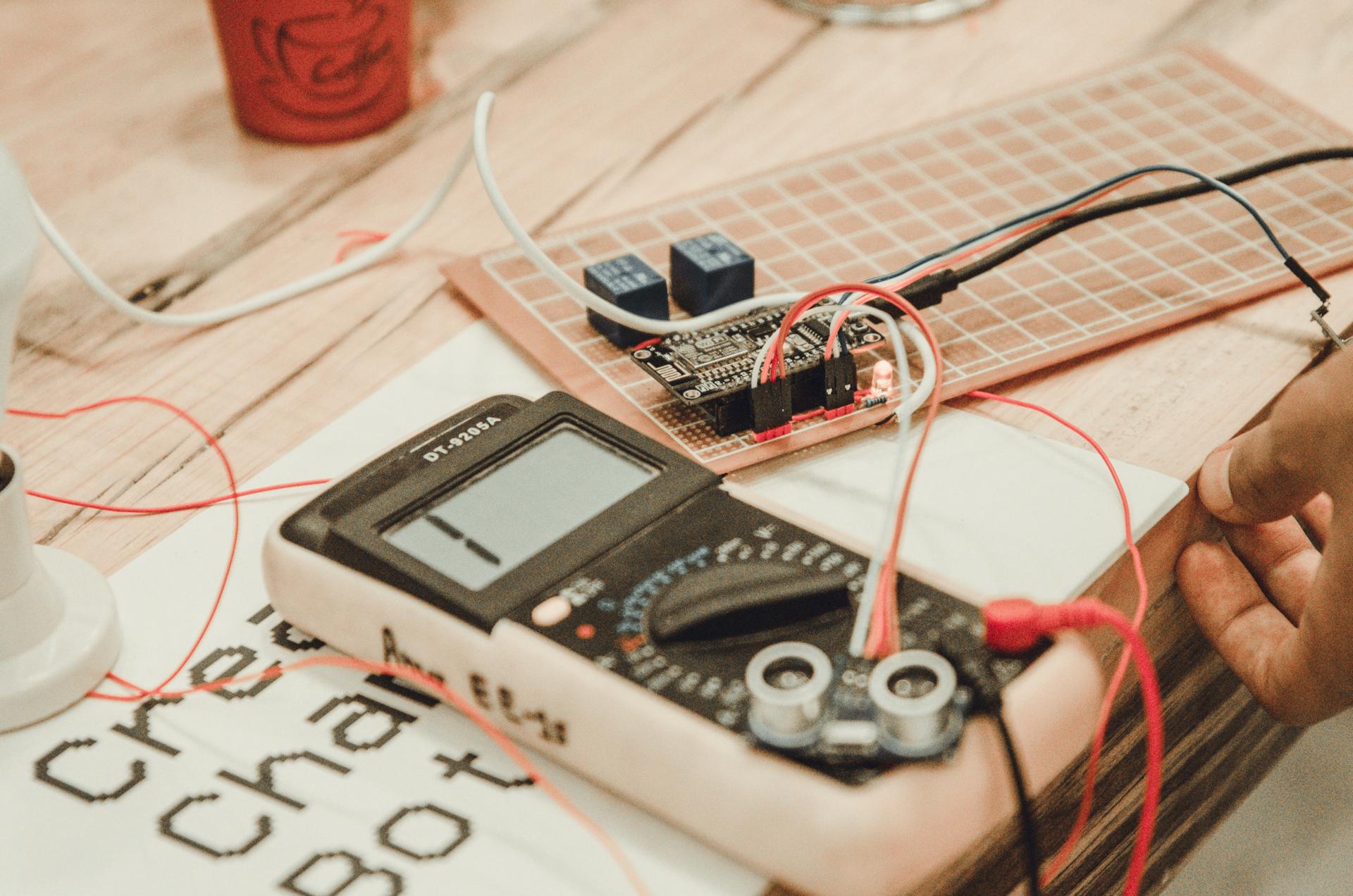Conducting an Electric Security Test in Your House: A Step-by-Step Guide

In terms of security in your home, one of the primary areas to think about is electrical safety. Testing for electrical safety is the process of evaluating the electrical system within your home to ensure it’s safe and up-to-code. In this article we’ll give you the basics of what electrical safety testing are, the tools will be required for conducting them, the best method to carry out the tests and what warning signs to look out for.
What’s the definition of an Electrical Safety Test?
A safety test for electrical appliances is the process of inspecting the electrical system in your home to ensure that it’s functioning safely and properly. Safety tests for electrical appliances are crucial as they help to in preventing electrical fires and electrical accidents and also ensure the long-term durability the electrical systems you have.
Equipment Required to conduct an Electrical Safety Test
In order to conduct an electrical safety check, you’ll need some essential equipment. These include an electrical voltage tester and a continuity tester a circuit tester, as well as the outlet tester. A voltage tester can test for live circuits, whereas the continuity tester looks for broken circuits. The circuit tester is utilized to check for wiring faults, and the outlet tester is used to check for electrical issues in outlets. It is crucial to use these devices correctly to get precise results.
How do I Conduct an Electrical Safety Test
To conduct the electrical test in your home Follow these steps:
Turn off the power on the circuit or circuits you’re testing.
Utilize your voltage tester to test for live circuits.
Utilize the test for continuity to test the integrity of your circuit.
Make use of the circuit tester to check for any wiring issues.
Utilize the tester for outlets to look for electrical problems in the outlets.
During the testing process, be sure to look for any indications of wear or damage on the wires, such as frayed or broken wires, burn marks, as well as loose or damaged connections. If you find any issues you need to fix them as soon as possible to prevent any potential dangers.
Signs of Electrical Problems to Look Out For
There are several warning signs that could signal electrical issues in your home. They include flickering light bulbs frequently tripping the circuit breaker, buzzing or crackling sounds emanating from outlets. They also include the appearance of outlets that are discolored or hot as well as a burning smell. If you spot any of these indicators, you must take action immediately to avoid possible electrical hazards.
Conclusion
Electrical safety tests are crucial to ensure the safety of your home and your family. By conducting regular tests and addressing any issues promptly to avoid any potential hazards to electrical equipment and extend the life of your electrical system. If you require assistance with electrical testing and repairs, don’t hesitate to contact Local Electrician Castle Hill. Our team of experts can provide you with expert guidance and support. Contact us via 1300 941 876 to schedule an appointment or request a quote.
FAQ Section
When should I perform an electrical safety test at my home?
We suggest conducting tests of electrical safety at least once per year.
Can I perform an electrical safety test on my own , or do I require a professional?
While you can perform an electrical safety test on your own, it’s recommended to hire a professional to ensure accurate results and avoid potential hazards.
Are there any common electrical problems found during an electrical safety test?
The most frequently-repeated electrical issues that are discovered during a safety test are faulty wiring, overloaded circuits, and outdated electrical systems.
What should I do if I find an issue in the electrical safety test?
If you find an issue in the electrical safety test It is crucial to act quickly. This could include calling an experienced electrician to fix the problem, or replacing faulty equipment.
